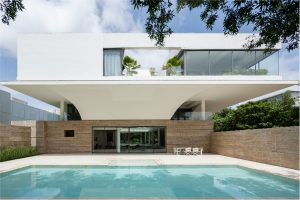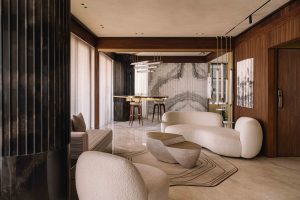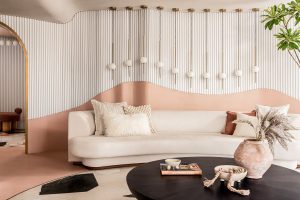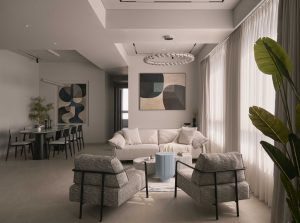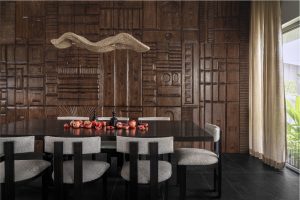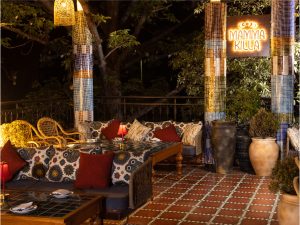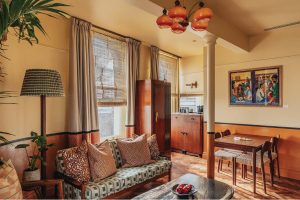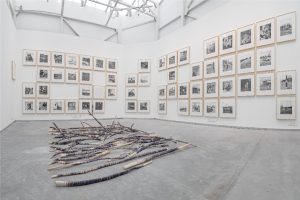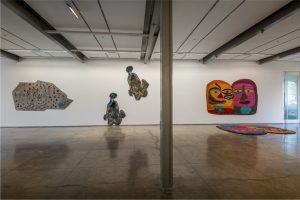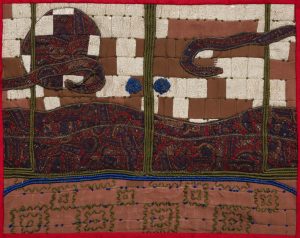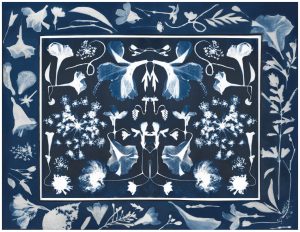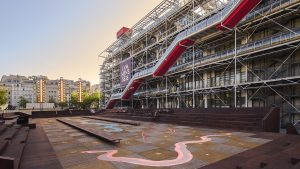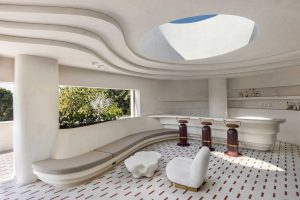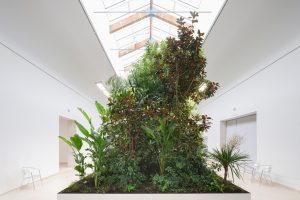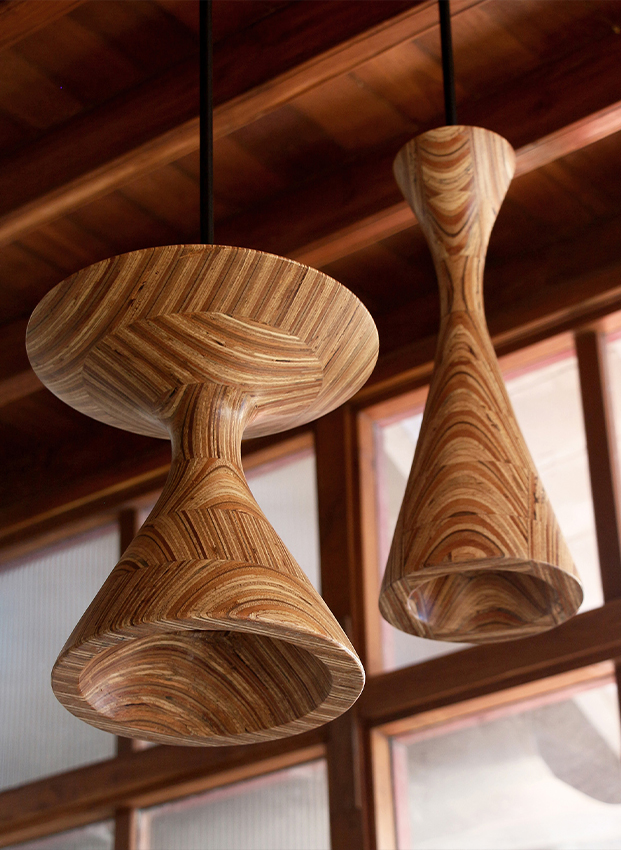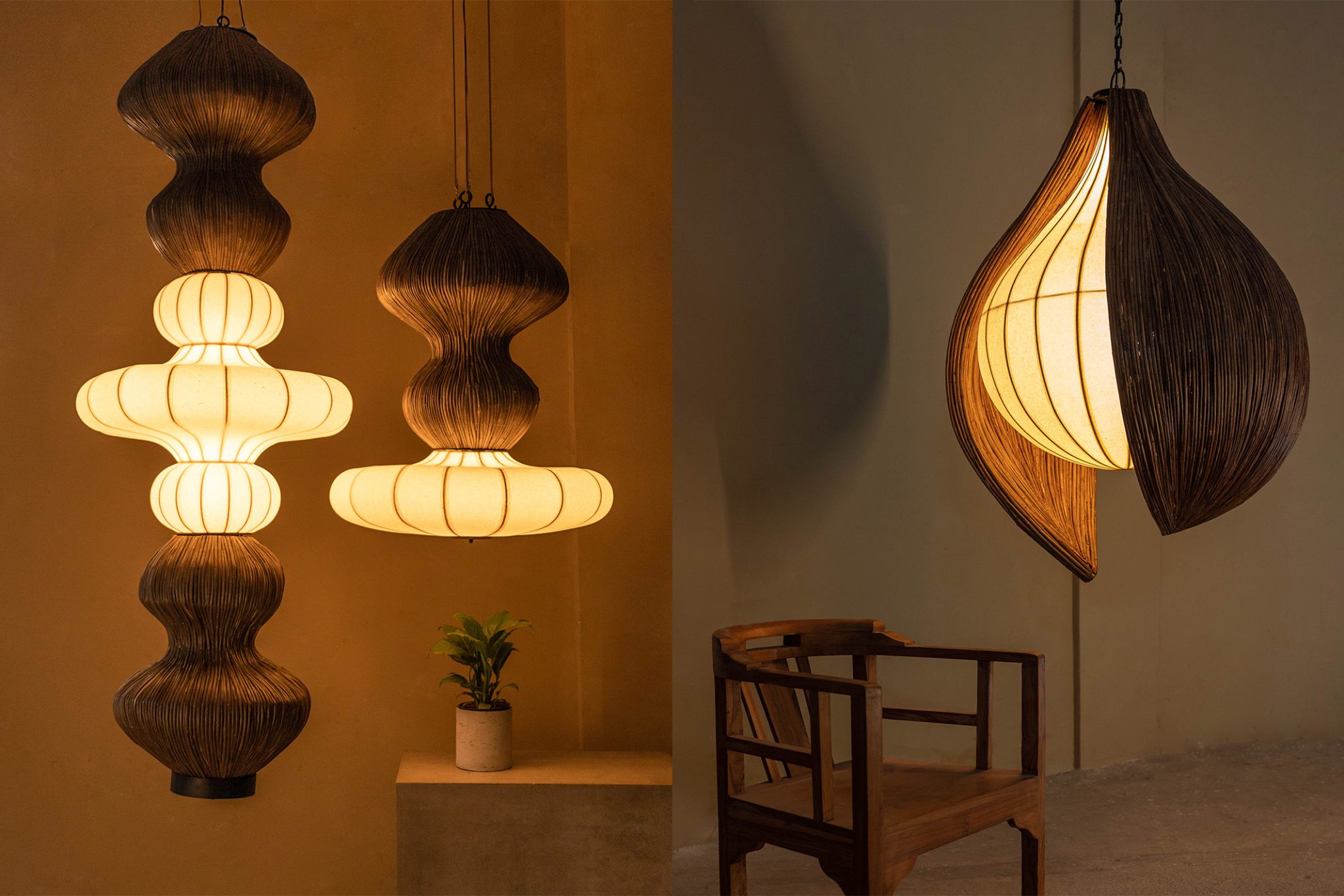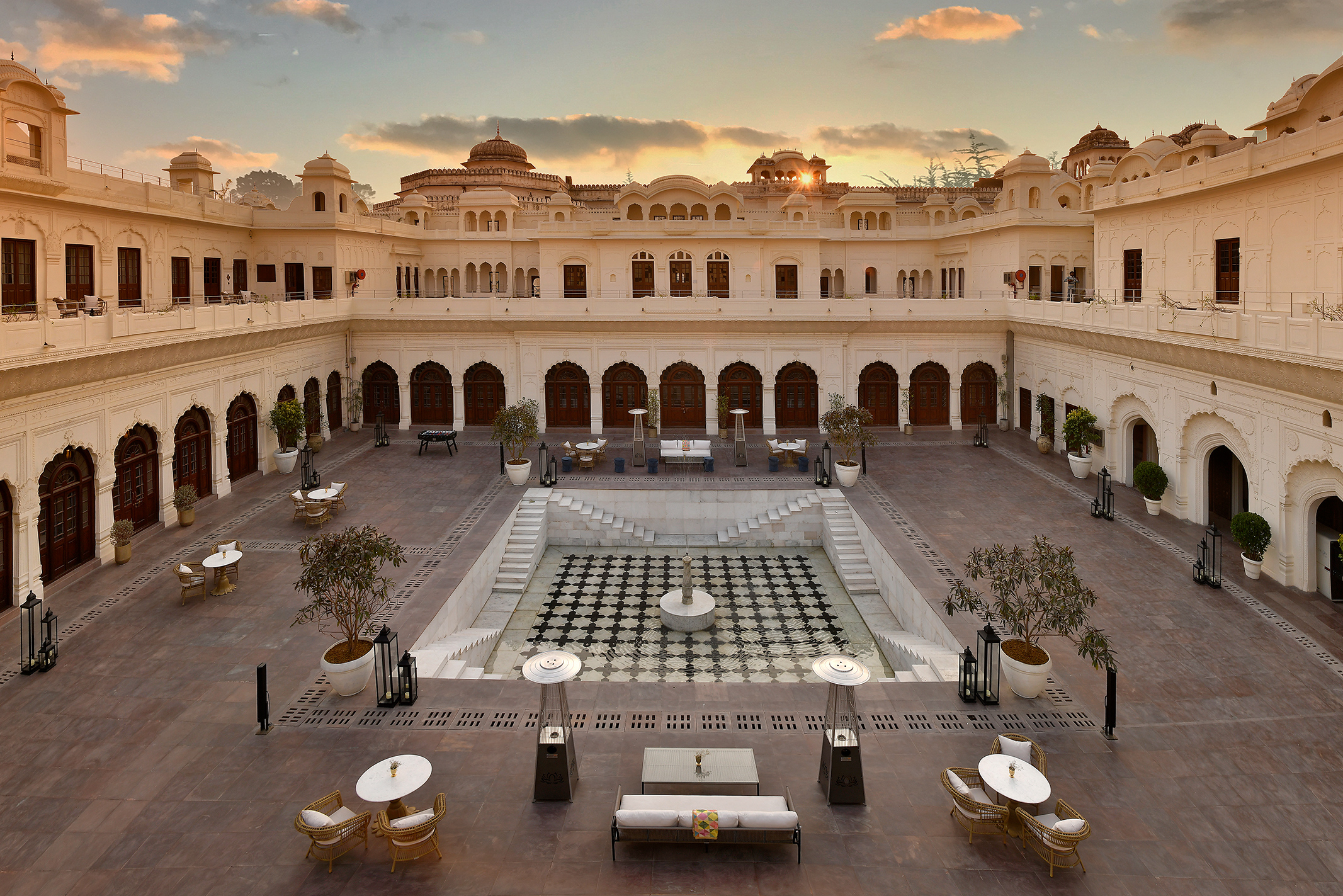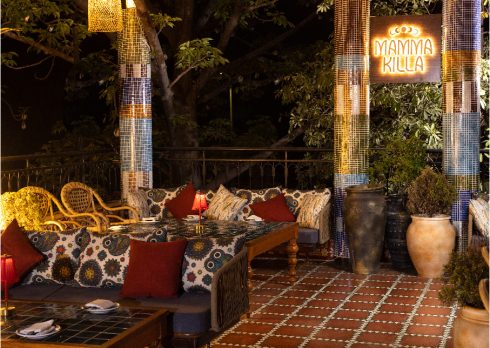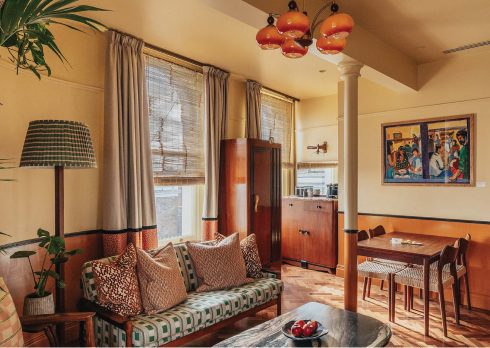The 300-Year-Old Ran Baas The Palace In Patiala Celebrates A Rich Legacy Through A Masterful Restoration
A journey into timeless India, the architecture at Ran Baas in Patiala is a masterclass in adaptive reuse, bringing Patiala’s royal legacy to life.
- 13 Jun '25
- 8:24 pm by Satarupa Datta
A gracious ‘Sat Śri Akāl’ sets the tone as you enter a vast, serene courtyard, graced by a marble fountain, its stillness only broken by the graceful glide of a pair of geese, utterly unfazed by the pageantry of guest arrival. This is Ran Baas in Patiala, the first palace hotel of Punjab, which most recently became part of the Relais & Châteaux family. As you step out, a phulkari chadar is held overhead, marigolds drift down like saffron confetti, and the drumbeats mark your arrival with regal flair.
The car glides past a soaring rampart, instantly silencing the bustle of the neighbouring ‘Adalat Bazaar,’ and enters a forecourt embraced by the 18th-century Qila Mubarak. To the right, the ‘Darbar Hall’ rises in quiet grandeur, flanked by a lush courtyard garden. On the left stands the ‘naqqar khana,’ once a ceremonial orchestra pit that announced royal arrivals, now serving as the gateway to the palace’s inner sanctum. Tucked within the grand Qila Mubarak complex, Ran Baas was once Patiala’s royal guesthouse. Not many would know, Qila Mubarak is the oldest and most spectacular Sikh fort in Punjab. The restoration led by renowned conservation architect Abha Narain Lambah is a masterstroke in adaptive reuse. What emerged was not just a meticulously restored palace, but a vivid reawakening of Patiala’s layered cultural and architectural legacy, where centuries-old artistry was revived alongside the city’s regal soul in gilded detail.
Getting There
The easiest way to reach Ran Baas is by flying into Chandigarh, which is well connected by air to major metro cities. From the airport, Patiala is a smooth 1.5-hour drive, and Ran Baas, nestled in the historic Qila Mubarak, stands at the heart of the old town. International travellers can fly into Chandigarh via Delhi, which offers excellent global connectivity.
Also read: Sky-High Luxury: 5 Business Class Cabins That Go the Distance
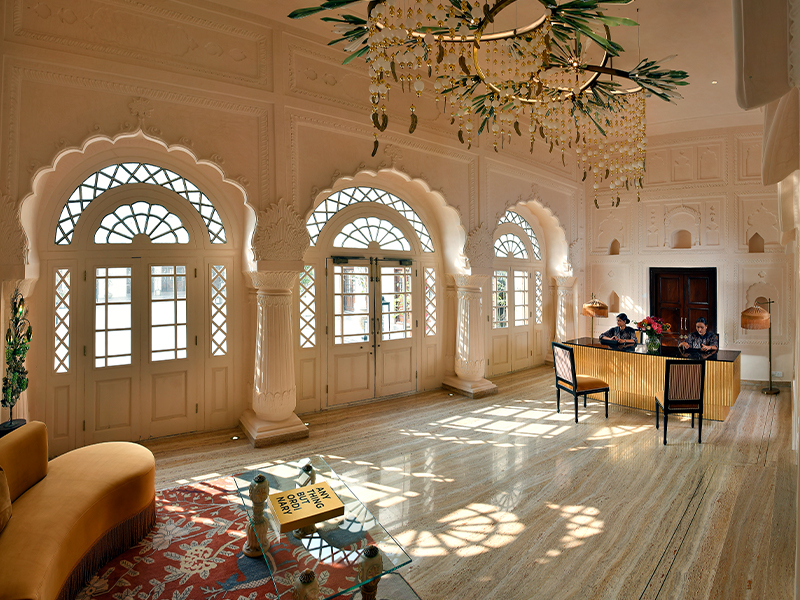
Architecture: Adaptive Reuse Revives Patiala’s Living Heritage
Once lauded as Asia’s largest private residences, spanning palaces, ceremonial halls, courtyards and walled gardens, the 11-acre Qila Mubarak, the fort complex, was built in 1763 by Ala Singh, the first Maharaja of Patiala. Time wore down its opulence, and by 2004, it had landed on the World Monuments Fund’s list of 100 most endangered sites. In 2021, Apeejay Surrendra Park Hotels Ltd. won the adaptive reuse project bid from the Punjab Infrastructure Development Board (PIDB). The ‘Phulkian’ dynasty flourished under Ala Singh, with successive rulers adding layers of architecture—Mughal intricacy, Rajput craftsmanship, and colonial influence. Artisans from Rajasthan to imperial courts contributed to what emerged as the eclectic ‘Patiala Style’ of architecture. In a remarkable three-year effort, conservation specialist Abha Narain Lambah meticulously stabilised and restored the once dilapidated structure, reintroducing traditional building techniques to a new generation of craftsmen along the way.
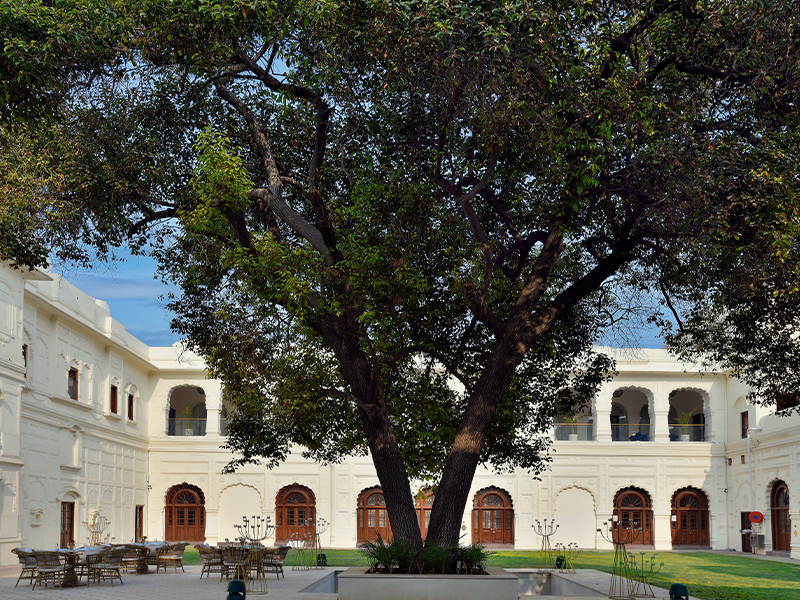
(Image Credit: Ran Baas – The Palace)
The central courtyard, aptly named ‘The Court,’ is encircled by rooms framed under graceful cusped arches and Rajput-style wooden doors. Its white walls, constructed using traditional Nanakshahi brick masonry, are plastered in decorative stuccos which render a smooth, marble-like patina. This artisanal touch of ornate stucco work, restored classic architectural elements such as chini-khanas or niches, chhatris or domed pavilions, and jharokhas or oriel windows, lends the space a sense of timeless refinement. Behind the palace, lies a second courtyard, known as ‘The Moulsari Garden’, inspired by the timeless elegance of Persian walled gardens. Adjacent, a marble fountain murmurs.
Also read: A Royal Retreat Unfolds Inside The Opulent Hallways Of Raffles Jaipur
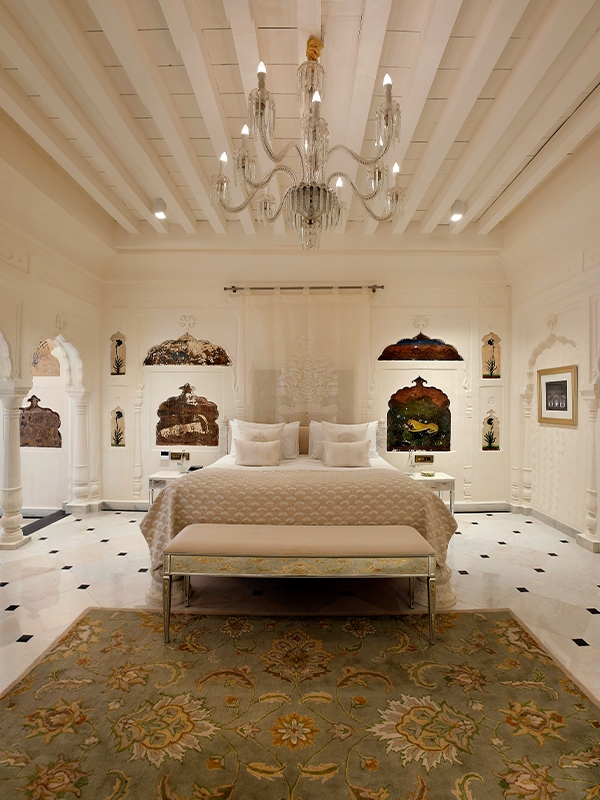
Luxury Suites: A Contemporary Ode to Patiala’s Palace Grandeur
Spread across three levels, each of the 35 suites frames majestic vistas—serene balusters-lined courtyards, the palace’s storied architecture, and the lofty walls of the fortress. The Palace Suites channel the lustrous spirit of Patiala royalty, echoing their love for gemstones through rich textures, radiant palettes, and intricate stucco details. The Pearl Suite—also known as ‘The Shikargarh’ evokes a jewel-toned elegance in layers of white-on-white textures. 18th-century restored frescoes painted by Maharaja Yadavindra Singh post-hunt adorn the walls, overhead an oversized ‘butti’ textile drape gracefully complements the silver-and-gold embroidered cushions and luxurious beddings. Gorgeous Venetian-style mirrors and chandeliers reflect gleaming silver accents, reminiscent of Sheesh Mahal’s glamour. The suite flows into a chandelier-lit powder room and an all white walk-in closet. Draw back the luxurious drapes, and the space reveals a balcony with commanding views of the ‘Darbal Hall’ courtyard garden and the medieval ramparts of the fort, a rare sight in a palace hotel. Included in the stay are the services of a dedicated butler.
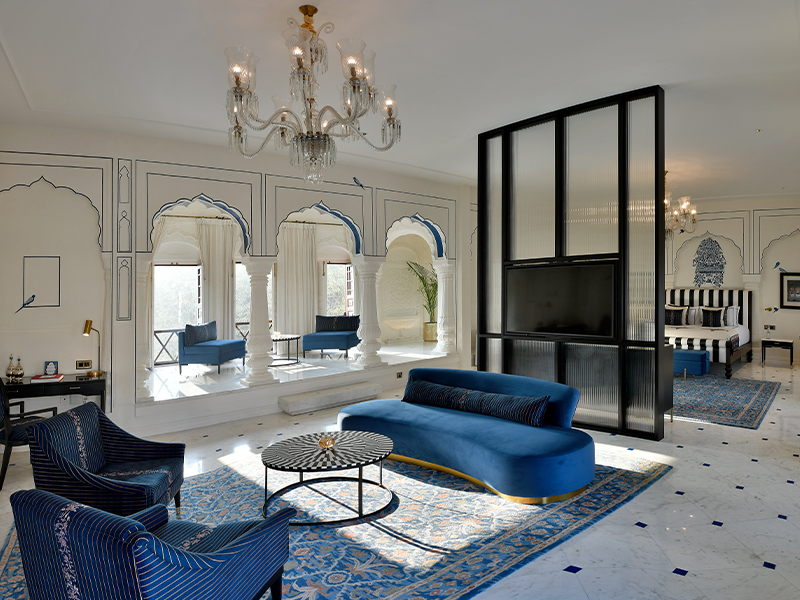
Another standout, ‘The China Khana Suite,’ aptly named Sapphire, is bathed in rich blue hues, offset by monochrome stripes reminiscent of a 1930s Patiala cricket uniform. Hand-painted parrots and foliage on the walls, inspired by miniature paintings and Mughal gardens, lend a contemporary touch to the palace’s timeless elegance. A tri-arch balcony overlooks the serene ‘Moulsari Garden,’ while sapphire-toned bathrooms with black marble floors exude regal elegance. Blue-and-white Persian carpet, glass chandeliers, and vintage photographs of Qila Mubarak complete the narrative—these aren’t just suites, it’s a portal into the palace life of Patiala.
Also read: Amaraanth In South Goa Embraces Slow Travel, Curated Art, Design, And Quiet Luxury
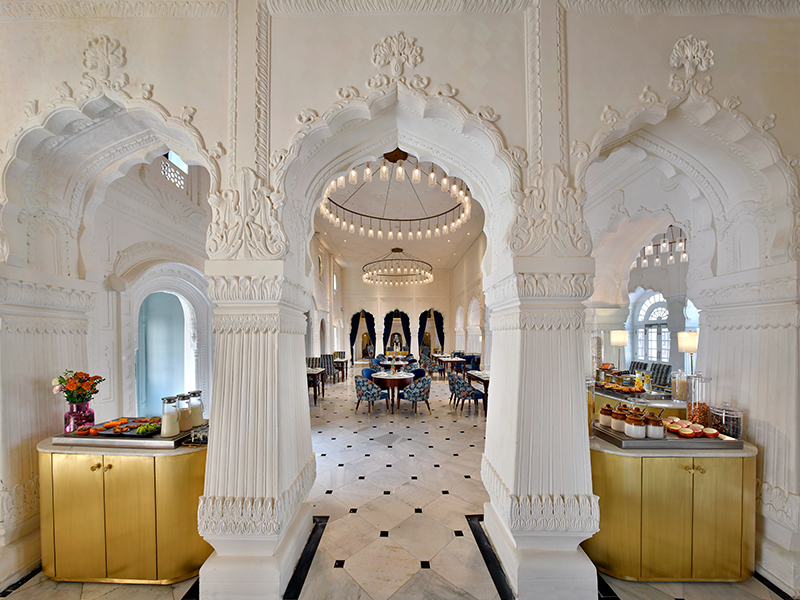
The Dining And The Bar: Rekindles The Lifestyle of The Patiala Royals
‘Neel,’ the all-day dining room, unfolds like a contemporary durbar—soaring ceilings, grand oval chandeliers that mirror those of Istanbul’s Blue Mosque, and white arches echoing royal ballrooms. Set between two courtyards, it’s where Patiala’s gala dinners meet The Park Hotels’ signature stylish hospitality. Led by Chef Jayonto Ghosh, the menu pays homage to Punjabi pind fare, regional city classics, and royal kitchen signatures. Chef Ghosh’s deep dive into local culinary heritage shines in dishes like the creamy ‘Ma Ki Kali Dal,’ ‘Wadiyan Ki Sabzi,’ ‘Bharwan Bhindi,’ and the spicy vegetarian favourite—‘Adalat Bazaar Chaat Box’ and many more. For meat lovers, the menu surprises with forgotten gems like ‘Bukhni Murgh.’ ‘Bhatti ka Murg,’ ‘Martaban Wali Bater,’ ‘Ambala Cantt Mutton Curry,’ and the indulgent ‘Kandahari Raan’— all with refined flavours. By night, the spread expands with Asian and global classics. And while the dessert menu tempts with cheesecakes, pies, and a chocolate marquise, it’s the decadent ‘Rabri Shahi Tukda’ that is worth every forgotten calorie.
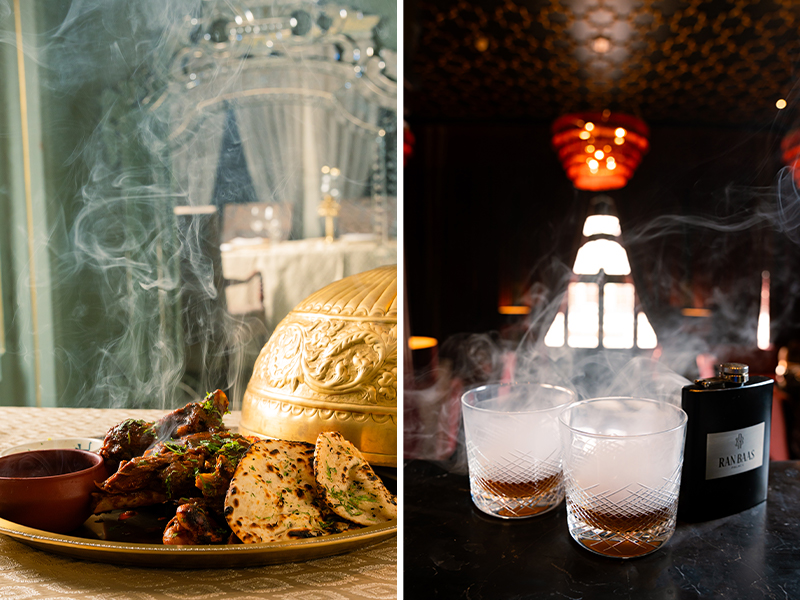
‘The Patiala’ bar pays homage to the iconic ‘Patiala peg.’ According to legend, Maharaja Bhupinder Singh of Patiala invited the British cricket team for a friendly match and devised a cunning plan to ensure their defeat. He served them whisky measured by his own “two-finger rule”—from the base of the little finger to the tip of the index finger around the glass, a hefty 120 ml. The Brits woke up groggy, lost the match, and the ‘Patiala Peg’ was born. Spread across three levels, the space is swathed in matte black and burgundy—an edgy contrast to the palace’s ethereal whites.
Tasselled chandeliers, inspired by the Victorian era, pair elegantly with the intricate trims of the furnishings. Foliate columns from the late Sikh period, along with damask linens and rich velvets, evoke the opulent charm of 1920s Patiala—an era when Maharaja Bhupinder Singh, famed for his extravagant tastes, commissioned Cartier to create the legendary ‘Patiala Necklace.’ A brass-clad bar anchors the second level, while a mezzanine above offers an intimate vantage point to take in the lively atmosphere below. Curated by the GM, Mr. Deep Mohan Arneja, the cocktail menu infuses Punjabi spirit, both literal and cultural, into every pour, while beats of bhangra, Sufi, and Punjabi rap keep the energy dialled high.
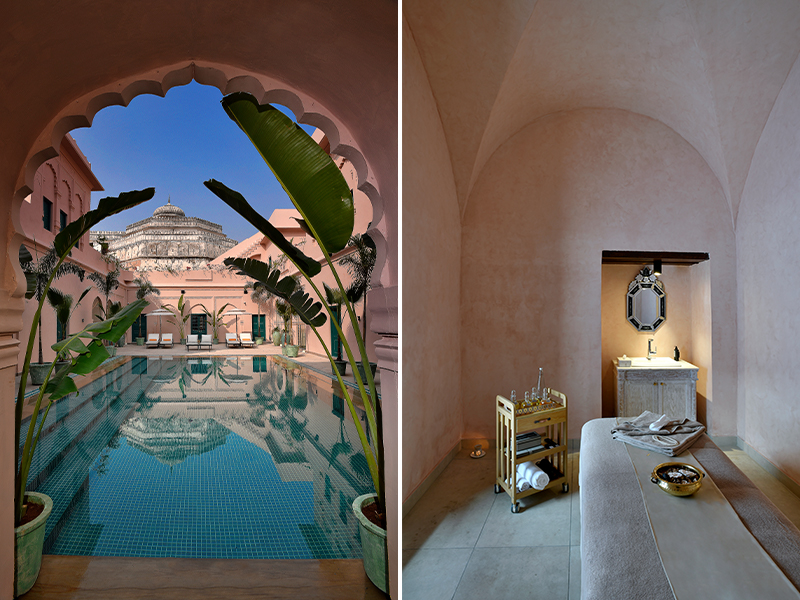
Transformative Wellness: Rooted In The Elegance of Moroccan Design
Through the ‘Moulsari Garden,’ a horseshoe arch portal leads to ‘Aqua’—the palace’s serene wellness unit. Housed in the former royal kitchens, its emerald-tiled pool is tucked into a sun-dappled courtyard. A roster of restorative treatments spans from Swedish, Balinese. Aroma Therapy to the indulgent Aura Massage, featuring custom oil blends. Don’t miss the ‘Shahi Rose Ritual’, the aromatherapy that pays homage to royal leisure. Post-spa, a swim framed by fort ramparts crowned with sculpted finials is an experience one doesn’t encounter at most luxury hotels. Housed amid old arches, the gym, steam, and sauna offer modern wellness, with a salon coming soon. Upstairs, a terrace lounge, library, and games zone—plus kids’ play areas bring playful leisure to all ages.
Also read: The Lotus Palace Chettinad: Witness The Stunning Transformation Of A 17th-Century Manor
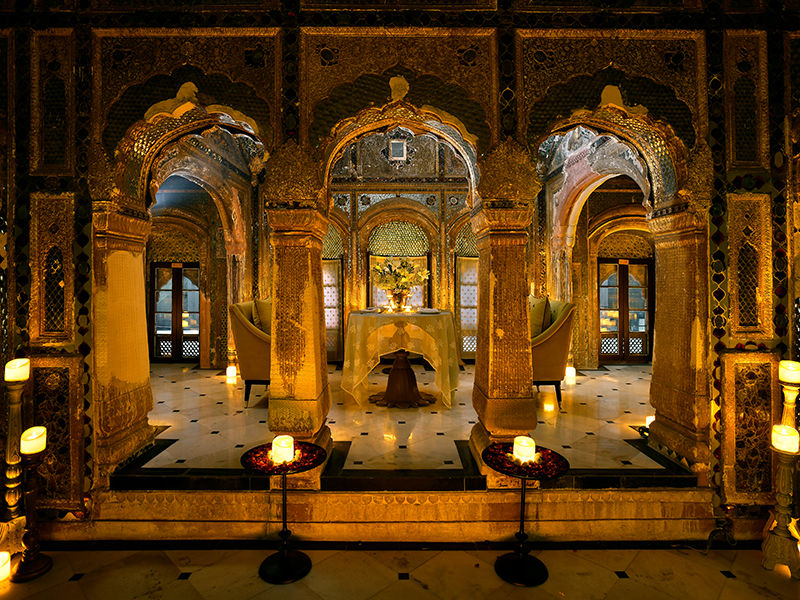
Final Thoughts
For a modern traveller with the soul of an antiquarian, Ran Baas, The palace is where the dream of living like royalty is beautifully fulfilled. Bespoke royal experiences include a private breakfast at the fresco-lined Rang Mahal, sunset high tea in the courtyard accompanied by music and birdsong, and an intimate dinner or cocktail night at the Sheesh Mahal, where flickering candles reflect off Aleppo mirrors, creating a magical, timeless ambience.
Equally striking is the restoration led by celebrated architect Abha Narain Lambah. “This palace hotel holds special meaning, as the Apeejay Surrendra Group’s legacy began over a century ago on the soil of Punjab, in Jalandhar, in 1910. Looking ahead, our larger aim is to create a space where culture is not curated for display, but lived, shared, and remembered,” shares Priya Paul. A visionary hotelier, redefining India’s heritage hospitality, by restoring historic landmarks—from the remarkable Jantar Mantar in Delhi to the colonial-era Denmark Tavern on the Hooghly, and the exquisite Chettinad mansion, now revived as The Lotus Palace.
This palace retreat has been carved into a cultural haven where curated musical events celebrate the rich legacy of the Patiala gharana. “With a curated calendar of events, we hope to reintroduce Patiala not just as a destination of regal architecture, but as a vital centre for artistic expression, intellectual exchange, and creative reinvention,” says Ms. Paul. Once a bastion for art-loving Maharajas known for their refined taste in music, sports, cuisine, and vintage spirits, Ran Baas stands as a design-forward tribute to this storied legacy.
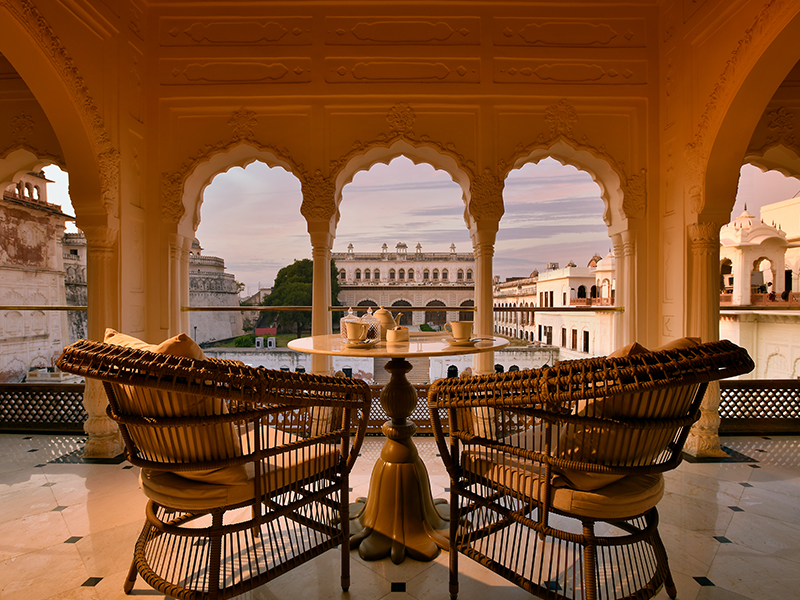
DP Loves
#1 The vast white walled courtyard adorned with chini-khana motifs evokes the grandeur and leisurely elegance once enjoyed by the royal Patiala lineage.
#2 The dual-tone reception features two distinct rooms, one bathed in cream and gold, the other cloaked in matte black. Both are elevated by soft sculptures by artist Gurjeet Singh, adding a contemporary artistry to the regal setting.
#3 The lobby dazzles with bespoke Klove chandeliers inspired by ‘lotan,’ Punjabi chandelier-style earrings. Hand-painted De Gournay wallpapers, evoking moonlit Indian gardens and landscapes, extend an ethereal charm to the walkways.
#4 The white powder room in the Pearl Suite stuns with a Venetian glass mirror and a bathtub poised above a chandelier, an ode to the pleasure palaces of India.
#5 Once a royal venue for performances, the Rang Mahal, adorned with frescoes of valiant Patiala Maharajas, is now a majestic setting for breakfast.
#6. At sunset, when the sky picks up magical colours, the rooftop terraces transform into a serene high-tea haven, complete with live music and classic hors d’oeuvres.
#7. The Sheesh Mahal, adorned with rare Aleppo mirrors once favoured in Rajput palaces, looks magical under the soft glow of the candles, an exclusive fine dining venue reserved for the truly privileged.

